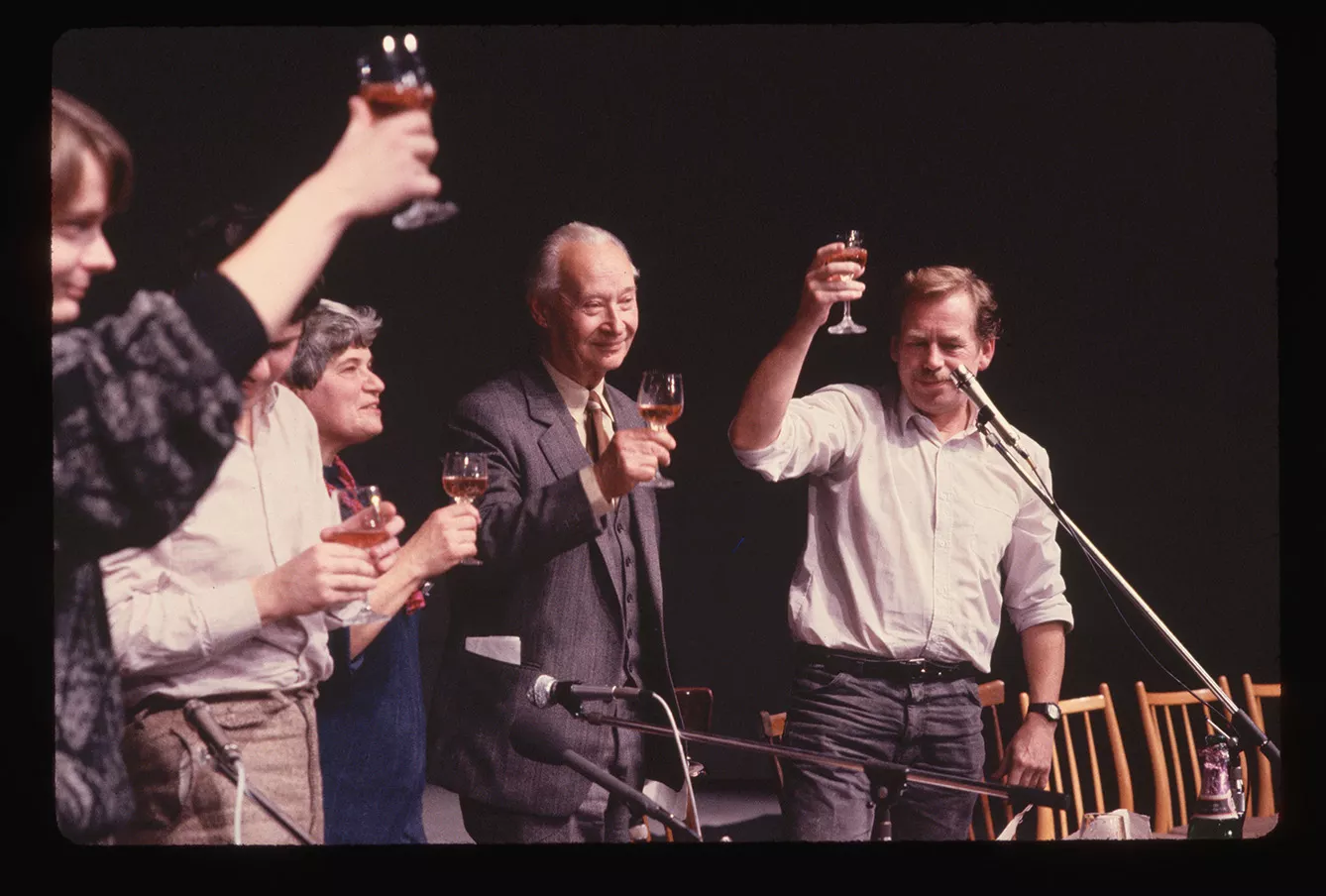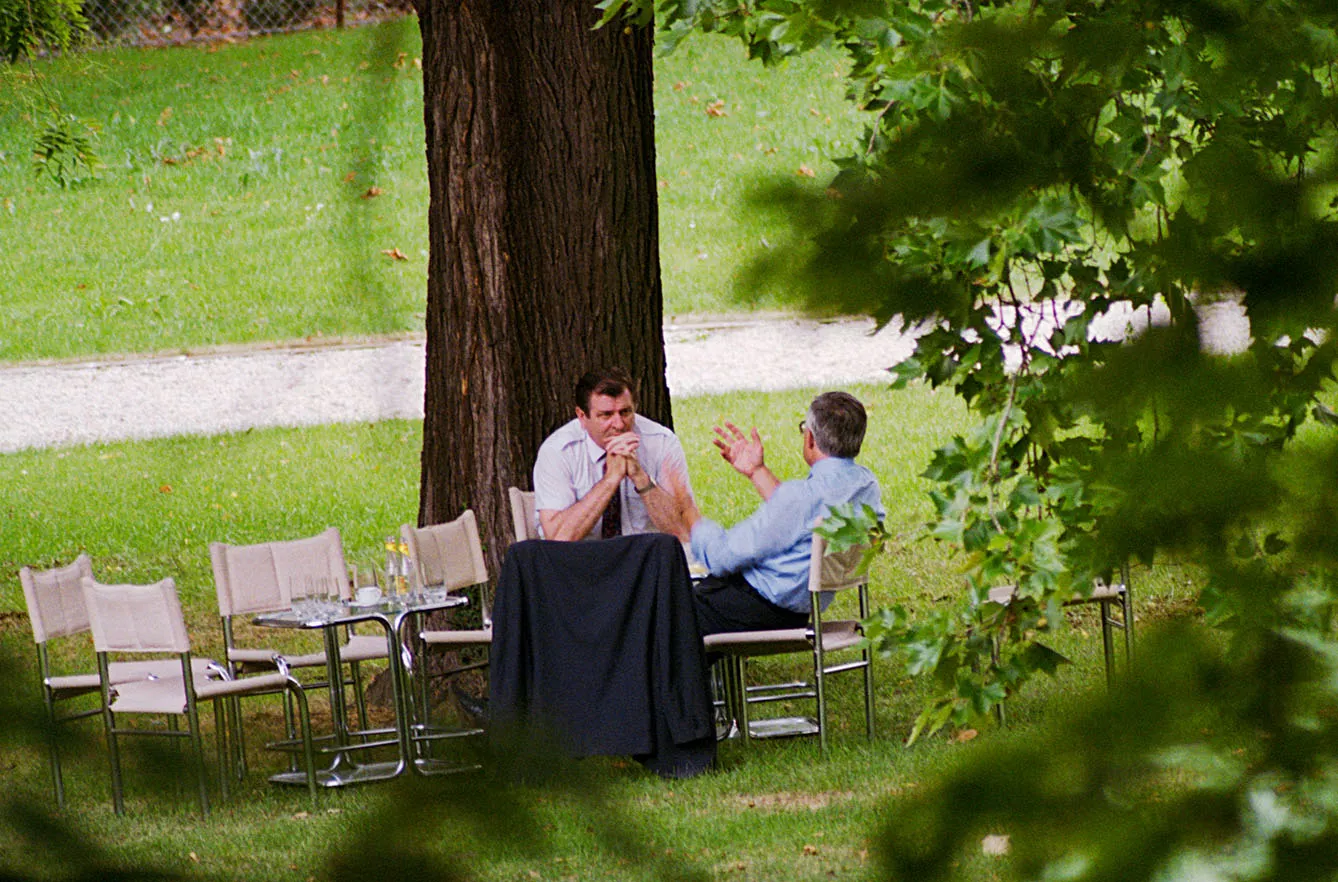Usually, we think about early modern Central European empires as palettes of nations that formed larger political entities, developing their own identity and either respecting or – sometimes – fighting those living alongside them. The ethnic awakening of 19-century Hungary, which eventually led to the formation of the Austro-Hungarian Empire, can serve as one perfect example. The other one is the Polish-Lithuanian Commonwealth, which, apart from joining those two nations, stretched into many more.
Central European building blocks
But according to another point of view, Central European nations were kind of building blocks the emperors, empresses, and continental congresses tried to put in different configurations. (*The example is obviously limited, as most non-digital building blocks don’t get to choose what they are attached to.)
Former Yugoslavia is one classic example. The name literally stood for “South Slavic country” and was precisely that: a directory rather than a nation-state. If you listen closely, CzechoSlovakia is one other famous example. From today’s perspective, the split into two different countries, Czechia and Slovakia, seems like a restoration of the natural order. But historically, this is a rather recent development.


Stating that both countries are similar to each other would be about as true as claiming the opposite. Throughout history, they formed common political entities or were part of larger ones. Their languages are close to each other to the point where, regionalisms aside, you can expect a Czech and a Slovak to understand each other.
Czechoslovakia: from Tatra to Carpathians
But just one look at the landscapes is enough to see how different they actually are. Take the Tatra mountains in Slovakia and compare them to the Czech Carpathians. Maybe – just maybe – it would be fair to say that Slovakia’s stronger side is its wildlife, while Czechia is a bit more developed with regards to the cultural offer.
And such was also the history of these two-in-one countries that, although different, were usually treated as buy-one-get-one-free. In medieval times, their languages formed the Czech-Slovak group within the West Slavic group. For both nationalities, their first successful effort in country-establishing was the so-called Samo’s Empire (a 7th-century country that wasn’t survived by its founder).
During the Central European 10th-century development, both nations formed the Great Moravia and were incorporated into the Kingdom of Hungary. Alongside – again – they fell under the Austrian Empire, that throughout the 19th century was granting more and more privileges to its forming nations. So, after the age of empires passed, Czechoslovakia emerged as one state, firm and rapidly developing.
Between 1938 and 1944, Germany began the process of annexation of Czechoslovakian land. To this end, they developed several organized ways to introduce “ethnic corrections”: Polish and Hungarian annexations of two parts of the Czechoslovak territory, inhabited by Polish and Hungarian minorities, respectively.
The Communist Czechoslovakia
But when the region fell to the Eastern Bloc, the old order reemerged, and Czechoslovakia remained Czechoslovakia, with borders “corrected” by the Soviet Union to include Subcarpathian Ruthenia. And that’s how it remained for the whole Cold War period. But then there was an important development following the famous 1986 Prague uprising, which was crushed by the Soviets according to a military plan very much resembling the seemingly original intent in the Ukraine 2022 invasion.
That development was turning the Czechoslovakian Socialist Republic into two: Czech and Slovak Socialist Republics, acting out together in the form of a federation. So, when the 1970s and the 1980s brought the rise of the democratic opposition, the countries were ready to part along with the revolution known as the Velvet Revolution. State socialism fell, democracy was restored, and Czechoslovakia began its pivot to the West, which eventually led to joining NATO and the EU.
It’s sometimes hard to believe that Czechoslovakia remained a federation until 1992 when this political body was officially dissolved by parliament. Former Czechoslovakia entered the year 1993 as two separate states. At last.







